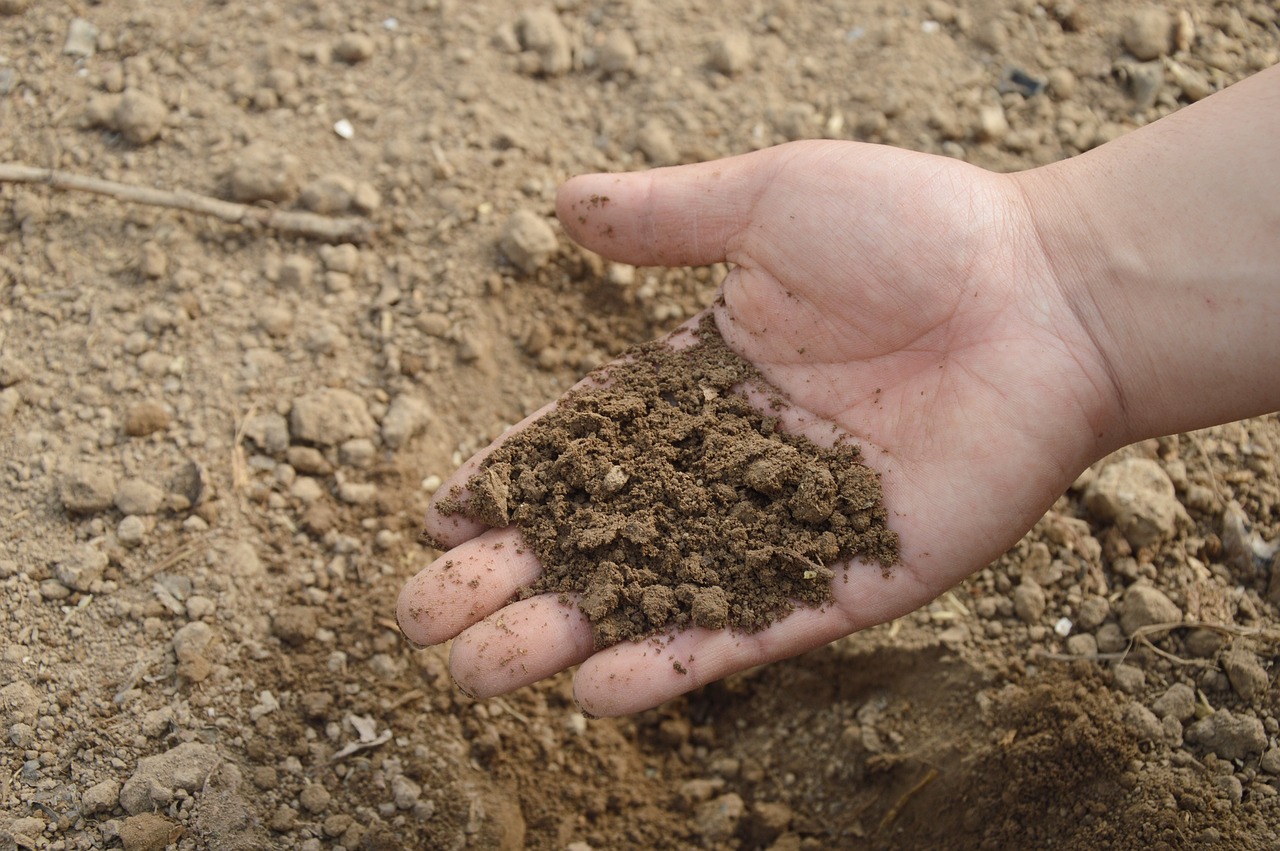In the Western region of the United States, drought conditions are a common topic of conversation. The best practices for conserving water, preserving land, and responding to wildfire conditions are widespread knowledge. When heavy rains, such as the recent cyclones across California, pour down it is often said, “we need it.” There is some truth to that but there is also some myth.
Science of Soil
Soil is much more evolved than what meets the simple eye. While the common understanding of soil is in its cohesive state, it is actually very versatile and complex. Soil has microscopic pores, much like a sponge. This characteristic allows it to absorb moisture and retain it, slowly feeding the water back into the surrounding ecosystem. When the soil is dry for extended periods of time, the dried pores become traumatized. This leads to the pores losing their elasticity in the same way that an old rubber band starts to crack and breaks when you try to stretch it. To reverse this process, it may take years or even decades of tempered moisture to bring the soil back to a stable state.
In a state of long-term drought, storms with heavy rains may roll over the area. The rainwater rushes deep into the ground only to be met by soil that cannot expand to retain the moisture, leaving the excess water to push soil particles apart. Eventually, this will lead to separations in larger chunks of land, and results in mudslides. Water then floods the local ecosystem for a short time and plants miss out on their opportunity to slowly absorb the water. Therefore, the plants quickly dry out again. Some new wildland plants may immediately emerge but will soon die off. When fire season comes around, there’s only more short, dried brush across the ground for wildfires to feed on and quickly spread.

Dry soil during drought conditions
Climate Change Crisis
While rain and storms replenish many other resources, such as privately-used utilities, our wildlife thrives in small consistent bouts of rainfall. When the soil is too dry, or too wet, our wildlands become more susceptible to dangerous fires and mudslides. The effect that climate change has on these drought conditions is significant. More information on the impact of climate change on water access can be found here.




